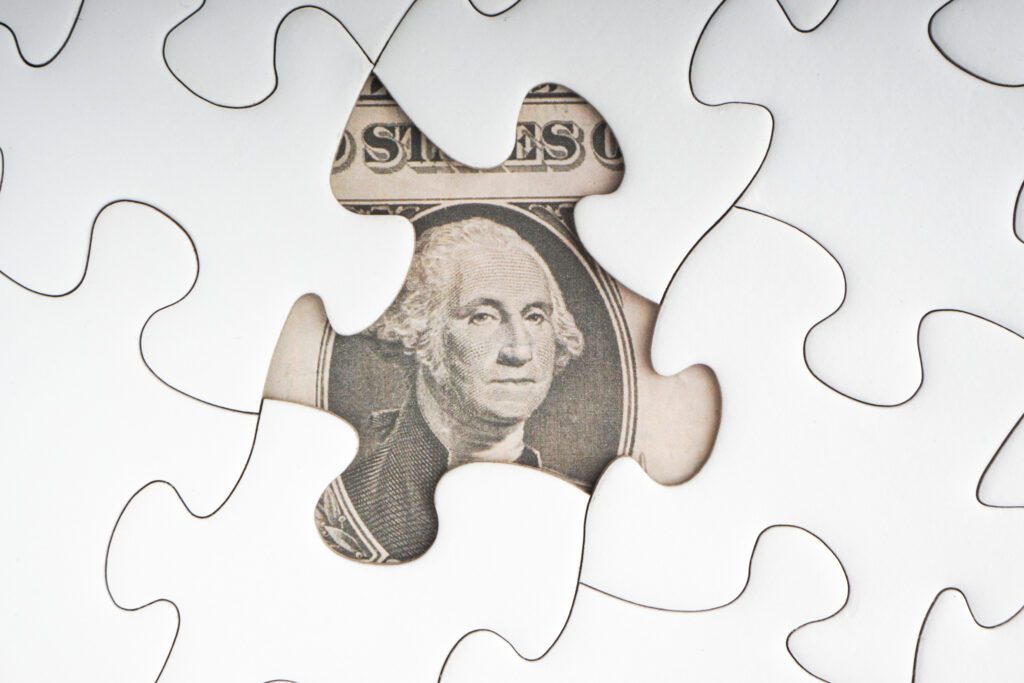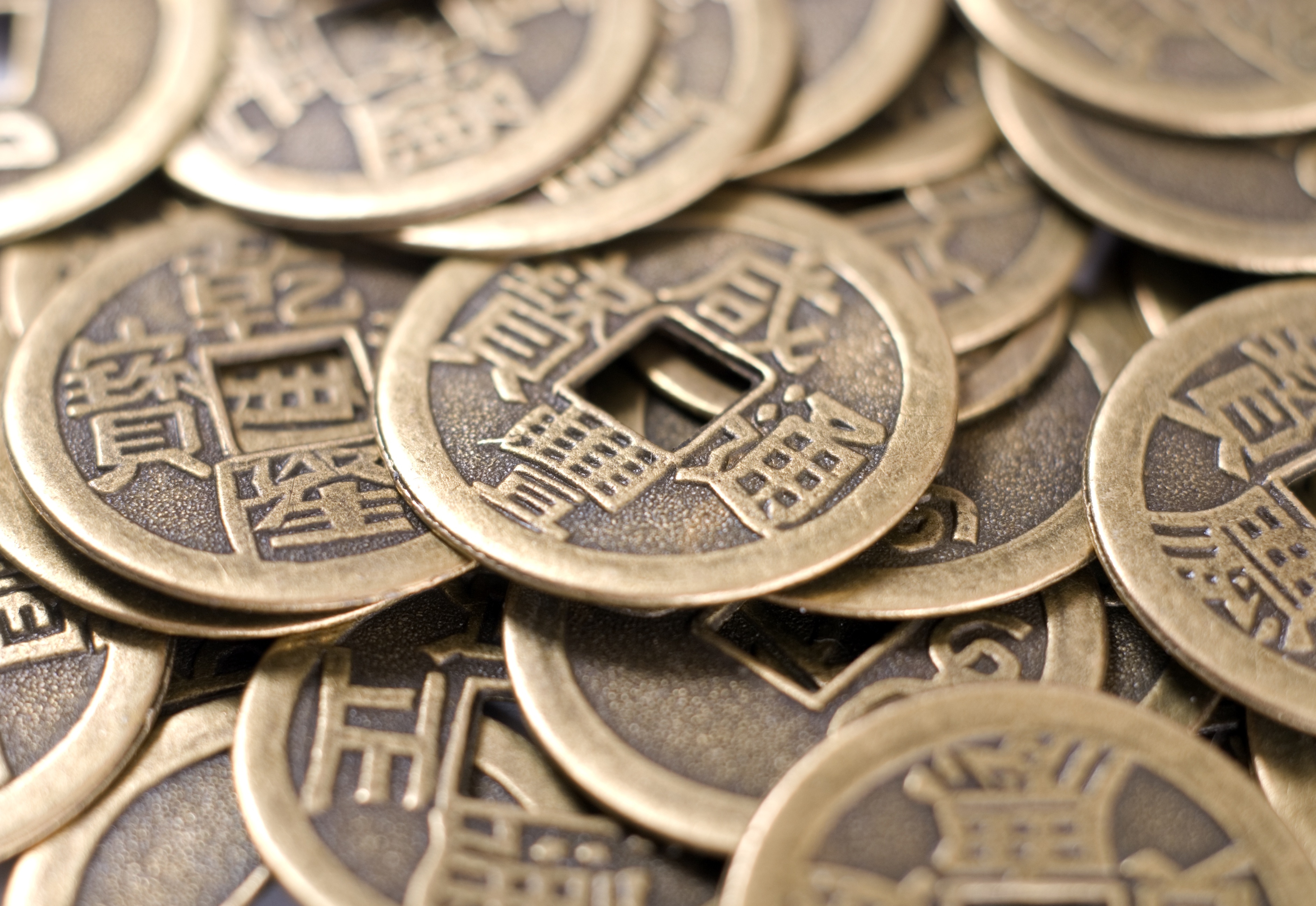
Worth the Paper It’s Printed On
Governments print it, misers hoard it under their mattresses, rich people light their cigars with it—but where does the idea of paper money come from, anyway?
China, actually. The banknote apparently originated during the Tang Dynasty (7th century), to replace bulky copper coins carried by merchants. The coins were minted with rectangular holes in their center so they could be strung together on cords, but wealthy merchants found that lugging their coins around was difficult.
A system was born in which merchants left their coins with a trusted agent in exchange for a note stating exactly how much money was being held. The merchant could return the note at any time to redeem his or her coins, and in time paper money called “jiaozi” evolved.

In Europe, banknotes first came into use in the 14th century. The term “banknote” derives from nota di banco. The holder of a note could redeem it for an amount of silver or gold held on deposit with a bank.
In the New World, the Massachusetts Bay Colony was the first of the American colonies to circulate its own banknotes in the early 1690s, but all 13 colonies were issuing their own notes by the early 1700s.
The First Bank of the United States, chartered by Congress in 1789 shortly after the signing of the Constitution, was authorized to issue banknotes, but the U.S. federal government didn’t start printing its own paper money until 1862.
FREE Coloring Sheets Downloads ?
CLICK HERE to download your free coloring pages.

Have you followed us on Facebook, Instagram or Pinterest? It’s a great way to stay in touch, get an inside look into daily life here at Corwin and see the products we offer to help you better your community!




0 Comments